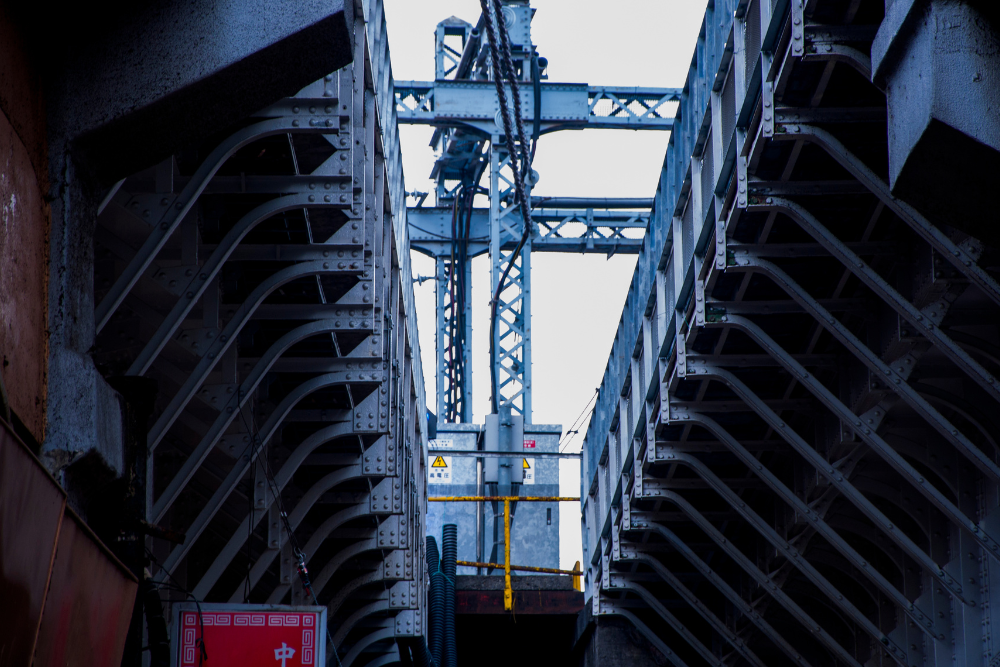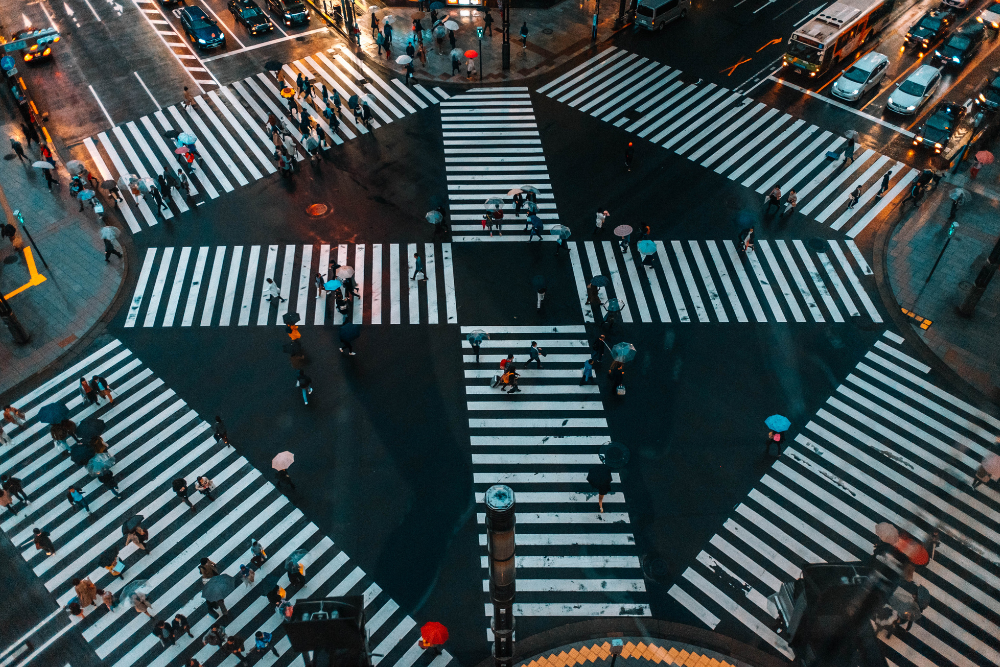Japan’s railway system is one of the most efficient, punctual, and fascinating in the world. With an extensive network of high-speed trains, local commuter lines, and historic railways, navigating Japan’s train stations is an experience in itself. Some stations are architectural marvels, while others are among the busiest in the world, handling millions of passengers daily.
In this guide, we’ll explore Japan’s busiest and most unique train stations, highlighting their distinctive features, must-visit spots, and what makes each of them special.
1. Shinjuku Station (Tokyo) – The Busiest Train Station in the World
Why Visit?
Shinjuku Station holds the Guinness World Record as the busiest train station on the planet, handling around 3.5 million passengers daily. The station is a labyrinth of platforms, underground passages, and shopping centers, making it a destination in itself.
Unique Features:
- Over 200 Exits – Shinjuku Station is so vast that it has more than 200 exits, making navigation a challenge for first-time visitors.
- Underground Shopping – The station is home to underground shopping areas like Lumine Est and Odakyu HALC, offering everything from fashion to gourmet food.
- Direct Access to Skyscraper District – Step out of the station and find yourself surrounded by Tokyo’s most impressive skyscrapers, including the Tokyo Metropolitan Government Building with free observation decks.
Insider Tip:
Use the JR East Exit for easy access to department stores like Takashimaya and Tokyu Hands. If you’re transferring lines, allow extra time as the station can be confusing.
2. Tokyo Station – A Blend of History and Modernity
Why Visit?
Tokyo Station is a gateway to Japan, serving as the central hub for Shinkansen (bullet trains) connecting the country. It’s also an architectural masterpiece, blending historic red-brick design with a modern underground city.
Unique Features:
- Marunouchi Building – The beautifully restored red-brick façade from 1914 is a stunning contrast to the skyscrapers around it.
- Tokyo Station City – A vast underground shopping and dining area, featuring the famous Tokyo Ramen Street and souvenir shops.
- Shinkansen Hub – The station serves as the primary departure point for high-speed trains to Kyoto, Osaka, and beyond.
Insider Tip:
Visit the Tokyo Station Gallery, an art museum inside the station, showcasing exhibitions related to architecture and railway history.
3. Ueno Station – Gateway to Culture and Nature
Why Visit?
Ueno Station is not just a transportation hub but also a gateway to some of Tokyo’s most famous cultural landmarks, including Ueno Park, museums, and the Ueno Zoo.
Unique Features:
- Ueno Park – Just outside the station, this park is home to cherry blossoms in spring and several world-class museums.
- Ameyoko Shopping Street – A bustling market street filled with street food, cheap shopping, and a lively atmosphere.
- Shinkansen Access – Ueno Station serves the JR Tohoku and Hokuriku Shinkansen lines, making it a starting point for trips to northern Japan.
Insider Tip:
Head to Ekinaka (station shopping) for some of the best ekiben (station bento) before boarding your train.
4. Osaka Station – A Shopping and Transit Wonderland
Why Visit?
Osaka Station is the heart of transportation in the Kansai region, seamlessly integrating rail travel with massive shopping complexes and entertainment hubs.
Unique Features:
- Grand Front Osaka – A massive shopping and dining complex directly connected to the station.
- Lucua & Hankyu Department Stores – Some of Japan’s best department stores, offering high-end fashion and gourmet food.
- Direct Connection to Umeda – The Umeda area around the station is a vibrant district filled with izakayas, malls, and entertainment venues.
Insider Tip:
The Toki no Hiroba Plaza inside the station offers a great spot to relax while watching the constant flow of trains.
5. Kyoto Station – A Modern Architectural Masterpiece
Why Visit?
Unlike Kyoto’s traditional temples and historic districts, Kyoto Station is a strikingly modern structure with futuristic glass and steel designs.
Unique Features:
- Skywalk and Observation Deck – Take the escalators up to the Skywalk for a panoramic view of the city.
- Isetan Department Store – One of Kyoto’s premier shopping destinations, located within the station.
- Kyoto Ramen Koji – A must-visit for ramen lovers, featuring different regional styles from across Japan.
Insider Tip:
Check out the Illumination Events at Kyoto Station during the holiday season, when the grand staircase lights up beautifully.
6. Kanazawa Station – The Most Beautiful Train Station in Japan
Why Visit?
Kanazawa Station is often called one of the most beautiful train stations in the world, thanks to its stunning modern-meets-traditional design.
Unique Features:
- Tsuzumi Gate – A massive wooden gate inspired by traditional Japanese drums, welcoming visitors in a grand style.
- Glass Dome (Motenashi Dome) – A striking modern canopy that provides shelter while representing hospitality.
- Convenient Access to Kanazawa’s Attractions – The station is the starting point for visiting Kenrokuen Garden, Kanazawa Castle, and the Higashi Chaya District.
Insider Tip:
Look for the Gold Leaf Ice Cream stand inside the station—a Kanazawa specialty.
7. Hakata Station (Fukuoka) – A Shinkansen Hub with Kyushu Flavor
Why Visit?
Hakata Station is Kyushu’s main transportation hub, offering easy access to both local attractions and the rest of Japan via the Shinkansen.
Unique Features:
- Hakata Ramen – The station is home to some of the best Tonkotsu (pork broth) ramen spots in the country.
- JR Hakata City – A massive shopping, dining, and entertainment complex directly above the station.
- Direct Connection to Fukuoka Airport – One of the shortest airport-to-city connections in the world (about 5 minutes by subway).
Insider Tip:
Try the Hakata-style Yatai (food stalls) just outside the station for an authentic Fukuoka street food experience.
Conclusion
Japan’s train stations are more than just transit hubs—they are destinations in their own right. From the sheer scale of Shinjuku and Tokyo stations to the architectural beauty of Kanazawa and Kyoto stations, each offers a unique experience. Whether you’re shopping, dining, or simply marveling at the efficiency of Japanese rail travel, these stations provide a fascinating glimpse into the country’s culture and innovation.
For travelers in Japan, exploring these train stations is an adventure that adds to the magic of the journey itself.












